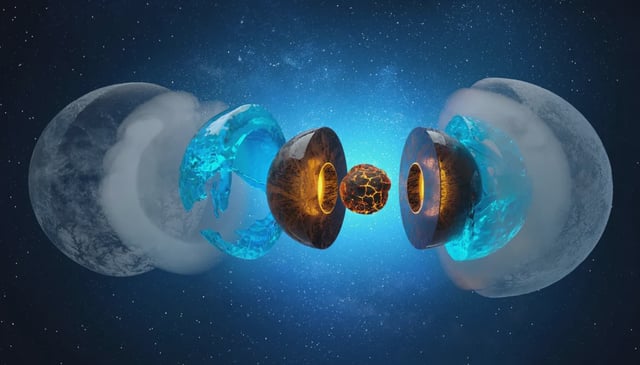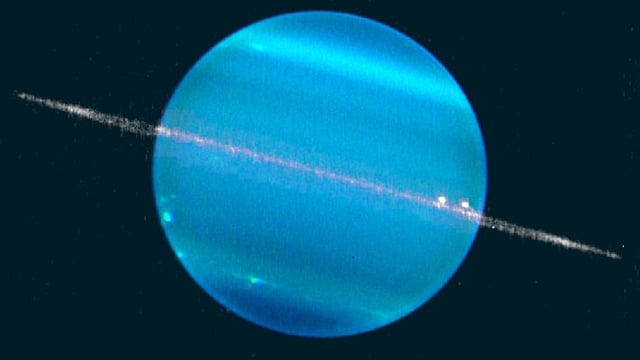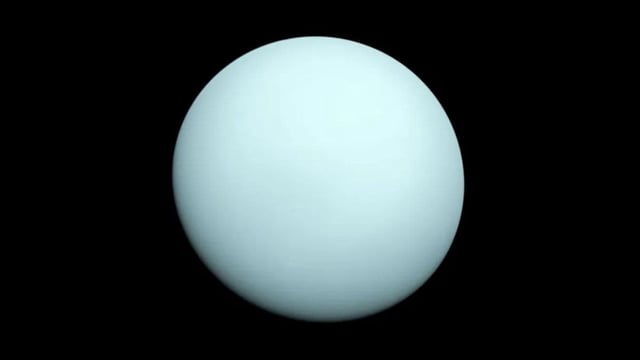Overview
- Researchers combined decades of telescope and spacecraft data with advanced computer models to find Uranus releases about 12–15% more energy than it absorbs from the Sun.
- The findings overturn Voyager 2’s 1986 flyby measurement of virtually no internal heat, which was likely distorted by a solar wind event.
- Scientists conclude the residual warmth indicates Uranus is still cooling from its formation and may have a different interior configuration than previously thought.
- A reassessment of the planet’s reflectivity revealed higher sunlight scattering, a factor that led to earlier underestimates of its internal heat flux.
- The confirmation of Uranus’s internal heat output has revived support for a flagship NASA mission to explore its composition, evolution and seasonal dynamics.


